
Browse an alphabetical list of articles about the Holocaust and World War II. Learn more about topics such as the Nazi rise to power, how and why the Holocaust happened, life in Nazi camps and ghettos, and the postwar trials.
<< Previous | Displaying results 301-348 of 1105 for "Article" | Next >>
Encircling the Ruhr region was a key Allied military goal. Learn about the military campaign to capture the industrial center of western Germany in the last months of WWII.
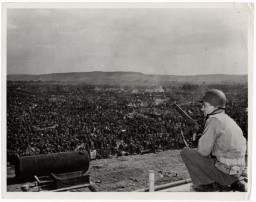
Jews were the main target of Nazi hatred. Other individuals and groups considered "undesirable" and "enemies of the state" were also persecuted.
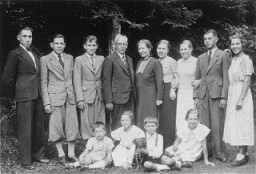
Erich Kästner was a popular political satirist and left-liberal author whose works were burned under the Nazi regime in 1933. Learn more.
German General Erich Ludendorff was a key proponent of the fictitious “Stab-in-the-Back” myth which blamed Jews and others for Germany’s defeat in WWI.
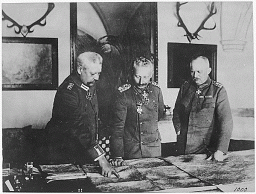
Erich Maria Remarque wrote the classic novel “All Quiet on the Western Front,” which became a Hollywood film. His works were burned under the Nazi regime in 1933.
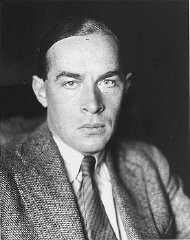
In 1933, Nazi students at more than 30 German universities pillaged libraries in search of boo...

Brief overview of the charges against Erich Raeder, German navy commander in chief, during the International Military Tribunal at Nuremberg.
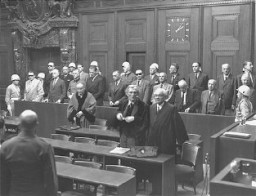
Ernest Hemingway was a legendary American author. In 1933, his classic novel, "A Farewell to Arms," was burned under the Nazi regime. Learn more.
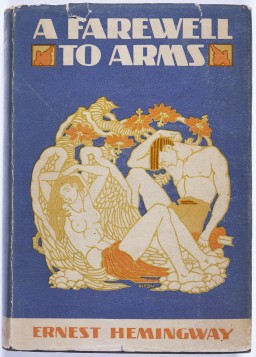
Ernst Gläser wrote the antiwar novel "Jahrgang 1902." His works, considered leftist and anti-fascist, were burned in Nazi Germany in 1933. Learn more.
Brief overview of the charges against Ernst Kaltenbrunner, Reich Security Main Office leader, during the International Military Tribunal at Nuremberg.
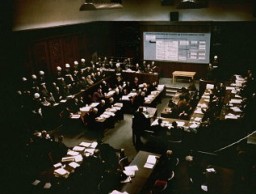
Ernst Toller was one of the best-known German dramatists of the 1920s. He wrote against Nazism, and was among those whose works were burned under the Nazi regime.
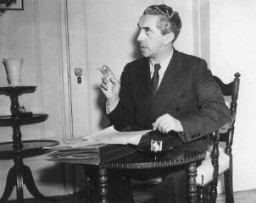
Erwin Rommel was commander of the German Afrika Korps in North Africa during WWII. Learn about Rommel's military career, death, and ongoing questions around his commitment to Nazism.
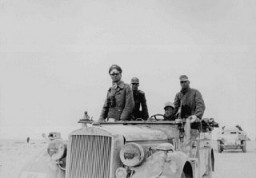
Many Jews sought to leave Germany after the Nazi rise to power. After WWII began, escape from areas under Nazi control became increasingly difficult or impossible.

After WWII, many Holocaust survivors, unable to return to their homes, lived in displaced persons camps in Germany, Austria, and Italy. Read about Eschwege DP camp.
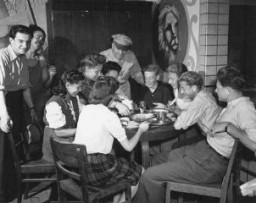
Explore Estelle Laughlin’s biography and learn about her experiences during the Warsaw ghetto uprising.
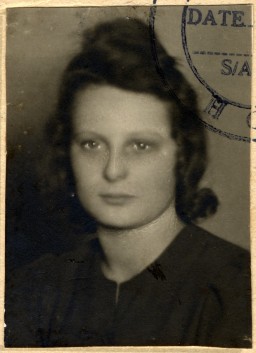
Esterwegen was part of the Nazi regime’s early system of concentration camps, created to hold people arrested as opponents of the new regime.
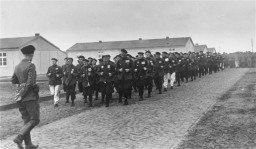
Artist Esther Lurie documented life in the Kovno ghetto for its secret archives. Learn about her watercolors and sketches, the majority of which have never been found.
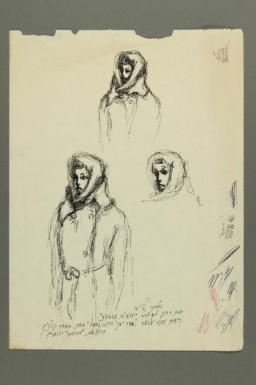
Between 1940 and 1944, Estonia was occupied by the Soviets and then by the Germans. These occupations had a dramatic impact on Jews in Estonia. Learn more.
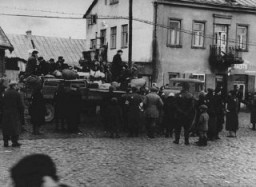
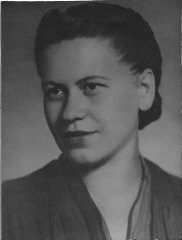
Theories of eugenics shaped many persecutory policies in Nazi Germany. Learn about the radicalization and deadly consequences of these theories and policies
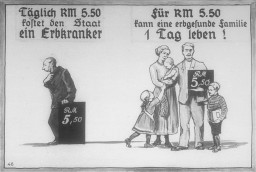
Read the Jewish Partisan Educational Foundation's short biography of Eugenio Gentili Tedeschi.
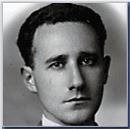
The Nazi Euthanasia Program, codenamed Aktion "T4," was the systematic murder of institutionalized people with disabilities. Read about Nazi “euthanasia.”
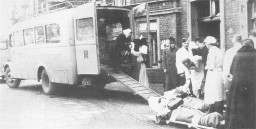
In the decades following the Holocaust, the search for perpetrators continued. As they reach the end of their lives, the vast majority of Nazi offenders have escaped punishment.
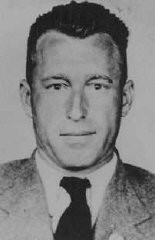
At the July 1938 Evian Conference, delegates from nations and organizations discussed the issue of Jewish refugees fleeing persecution in Nazi Germany. Learn more
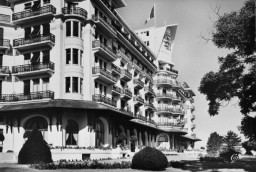
Prosecutors before the IMT based the case against 22 leading Nazi officials primarily on thousands of documents written by the Germans themselves. Learn more.
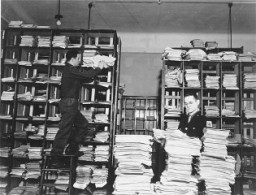
In 1978, the President's Commission on the Holocaust was charged with submitting a report on the creation of a Holocaust memorial in the US. Read excerpts.
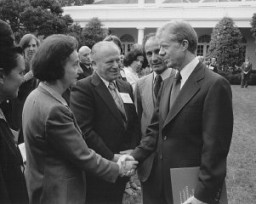
The plight of Jewish refugees aboard the Exodus 1947 captured the world's attention and symbolized the struggle for unrestricted immigration into Palestine.

The Farhud (pogrom), an outbreak of mob violence against Baghdad Jewry in June 1941, was a turning point in the history of Jews in Iraq. Learn more
Fascism is a far-right authoritarian political philosophy. Learn about the history and principles of fascism and its implementation in Nazi Germany.
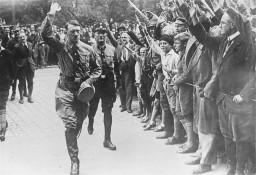
Father Jacques (Lucien Bunel) provided refuge to Jews and others at a school in Avon, France. Imprisoned in several Nazi camps for his activities, he died soon after liberation.
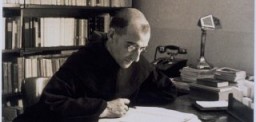
Read the Jewish Partisan Educational Foundation's short biography of Faye Schulman.
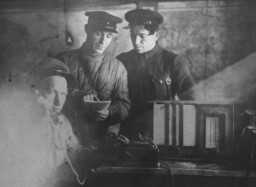
Leon Jakubowicz began constructing a model of the Lodz ghetto in the spring of 1940, after the ghetto was sealed. Explore the artifact and Leon's story.

After WWII, many Holocaust survivors, unable to return to their homes, lived in displaced persons camps in Germany, Austria, and Italy. Read about Feldafing DP camp.
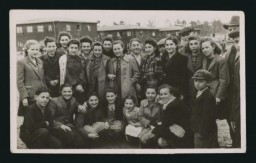
Ferdinand Lassalle was a founder of the German labor movement. Some 70 years after his death, his works were burned in Nazi Germany for their socialist doctrine.
The "Final Solution," the Nazi plan to kill the Jews of Europe, was a core goal of Adolf Hitler and the culmination of German policy under Nazi rule.
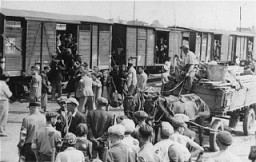
The term Final Solution to the Jewish Question was a euphemism used by Nazi Germany’s leaders. It referred to the mass murder of Europe’s Jews.
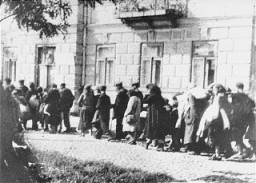
Based on their ideas about race, the Nazis mass murdered people with disabilities; people perceived as threats in occupied Poland; and Jewish people. Learn more.
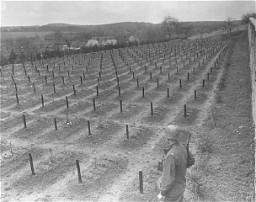
“Fire Oaths” were statements that declared why the works of certain authors were thrown into the flames during the 1933 burning of books under the Nazi regime.

Learn how the "First Letter to all Judges" increased the pressure on German judges to give verdicts and sentences according to Nazi principles and ideology.
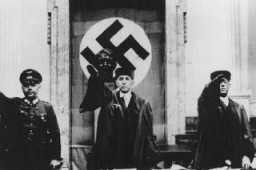
Explore the story of over 2,000 Polish Jewish refugees who fled east to escape war-torn Europe. They sought safety in such distant places as China and Japan.

Learn about the Flossenbürg camp from its establishment until liberation in April 1945, including conditions, forced labor, subcamps, and death marches.
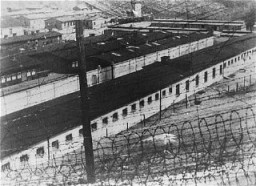
Explore a timeline of the history of the Flossenbürg camp in the Nazi camp system from its establishment in 1938 until liberation in 1945.
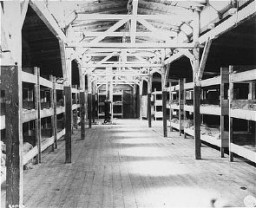
After WWII, many Holocaust survivors, unable to return to their homes, lived in displaced persons camps in Germany, Austria, and Italy. Read about Foehrenwald DP camp.
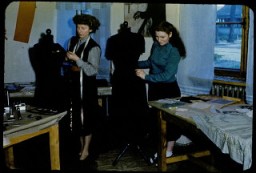
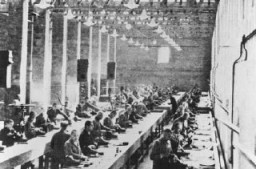
Forced labor played a crucial role in the wartime German economy. Many forced laborers died as the result of brutal treatment, disease, and starvation.
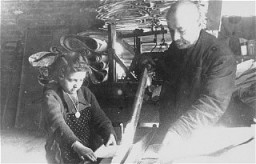
Forced labor, often pointless, humiliating, without proper equipment, clothing, nourishment, or rest, was a core feature in the Nazi camp system from its beginnings in 1933.
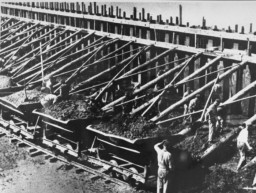
Learn more about the Nazi forced labor and mistreatment of Soviet prisoners of war (POWs) during World War II.
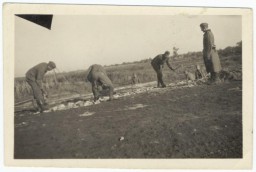
Following Hitler's appointment as chancellor, the Nazis began laying the foundations of a state based on racist and authoritarian principles and the elimination of individual freedoms.
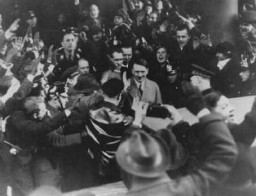
We would like to thank Crown Family Philanthropies, Abe and Ida Cooper Foundation, the Claims Conference, EVZ, and BMF for supporting the ongoing work to create content and resources for the Holocaust Encyclopedia. View the list of donor acknowledgement.